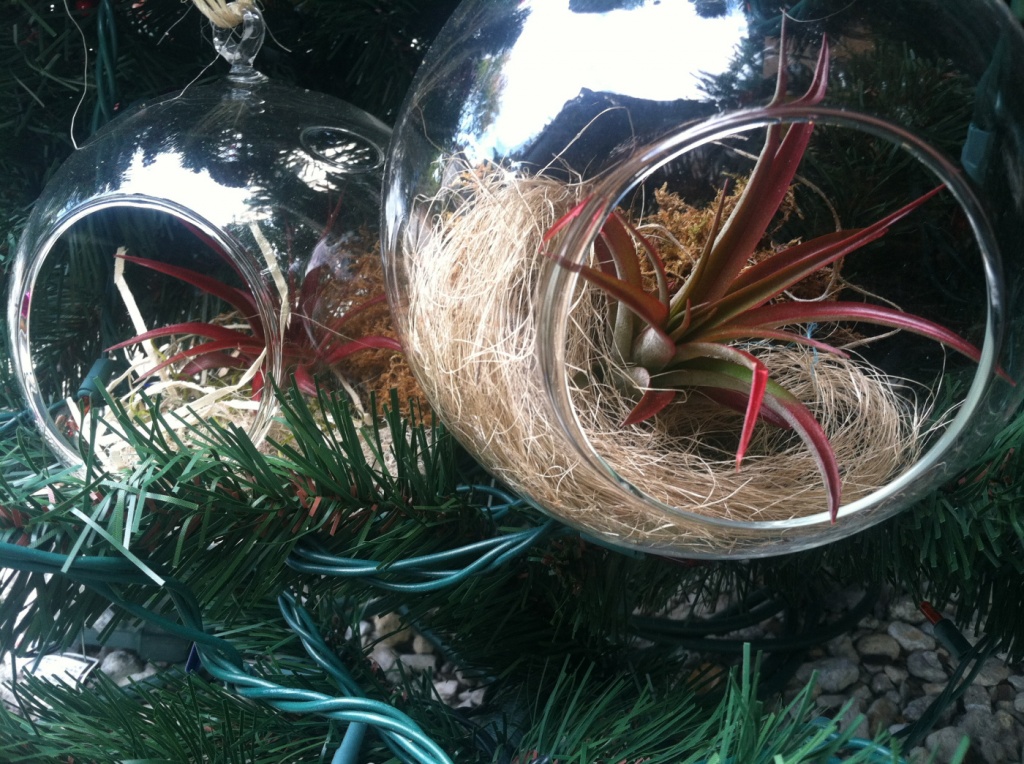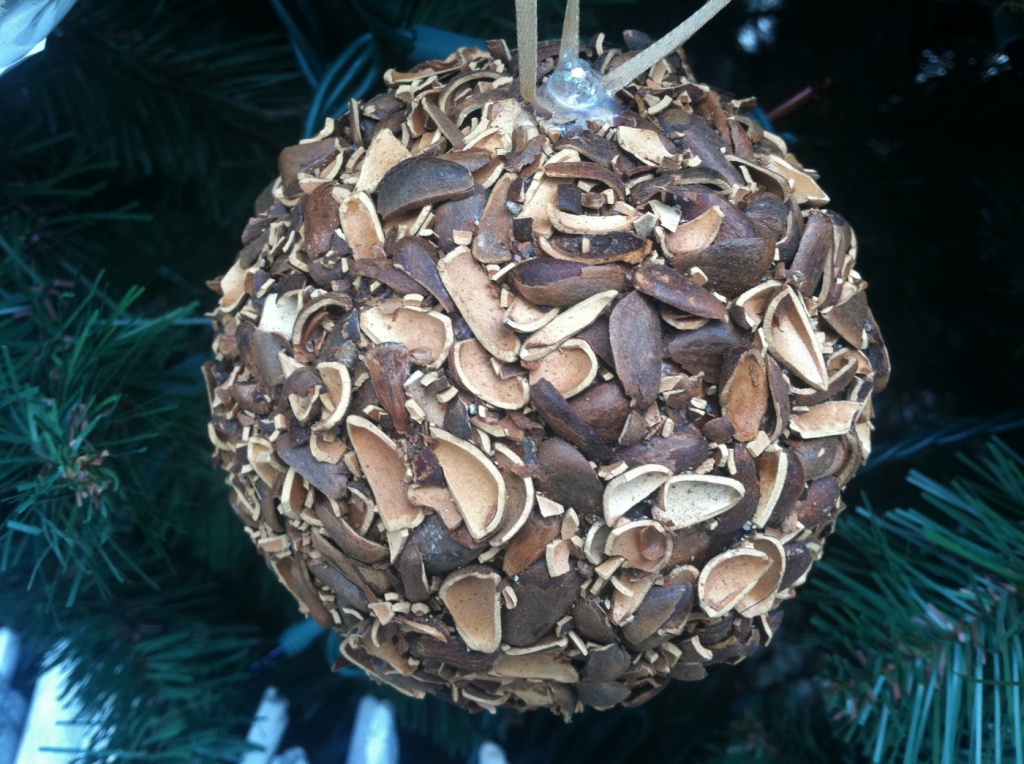The History of the Christmas Light
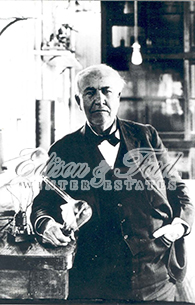 In 1878, Thomas Edison began the difficult process of perfecting the electric light bulb. Just two years later, during the Christmas season of 1880, Edison displayed a strand of electric lights outside his lab in Menlo Park, New Jersey. Passersby on a nearby train would have been among the first to witness what would become a defining trend in the way America celebrates Christmas.
In 1878, Thomas Edison began the difficult process of perfecting the electric light bulb. Just two years later, during the Christmas season of 1880, Edison displayed a strand of electric lights outside his lab in Menlo Park, New Jersey. Passersby on a nearby train would have been among the first to witness what would become a defining trend in the way America celebrates Christmas.
However, electric Christmas lights did not catch on immediately. In 1882, a colleague of Edison’s named Edward Johnson developed a strand of red, white and blue Christmas lights and displayed them on a rotating Christmas tree. In 1895, President Grover Cleveland displayed electric Christmas lights in the White House, increasing public acceptance of the new trend in electric lighting. By the turn of the 20th century, electric Christmas lights were on their way to becoming the integral part of the season that they are today.
Each year, this Christmas tradition is celebrated at the Edison and Ford Winter Estates. Join us for our Holiday Nights celebration, or consider indulging in a Holiday Nights Behind the Scenes tour, offered every Tuesday in December (except Christmas day) at 6:00pm. Call (239) 334-7419 for more information or to make reservations.
An Edison Christmas in Fort Myers
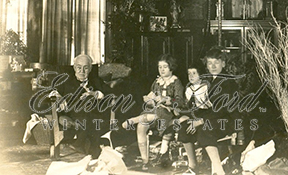 While the Edison family spent many winters in Fort Myers, only one Christmas was spent here, as the Edisons would typically venture to Florida after the holiday season was complete.
While the Edison family spent many winters in Fort Myers, only one Christmas was spent here, as the Edisons would typically venture to Florida after the holiday season was complete.
However, in 1929, the Edisons chose to celebrate Christmas at their Fort Myers estate. For the Edison family, Christmas in Fort Myers meant many things. For Mina Edison, it was a chance to give back to her community: she famously led the Fort Myers Round Table in providing meals for the less fortunate.
For Thomas Edison, Christmas was a chance for relaxation. Although he did spend some time in his laboratory, he also took in a film on the day after Christmas.
Want to know more about how the Edison family celebrated Christmas? Join us for a Holiday Nights Behind the Scenes tour, offered every Tuesday in December (except Christmas day) at 6:00pm. Call (239) 334-7419 for more information or to make reservations.
Henry Ford and Santa Claus
 Henry Ford enjoyed celebrating the Christmas season in many ways. He was known to give extravagant gifts to those close to him—he gave a brand new Ford automobile to Theodore Edison in 1915! But Ford was quite generous in other ways, as well.
Henry Ford enjoyed celebrating the Christmas season in many ways. He was known to give extravagant gifts to those close to him—he gave a brand new Ford automobile to Theodore Edison in 1915! But Ford was quite generous in other ways, as well.
In 1910, a log cabin was built on Ford’s Dearborn, Michigan property. Each year, Ford transformed the modest cabin into “Santa’s Workshop,” inviting local children to participate in a magical experience which included a sleigh, reindeer and their choice of any present they wished.
This Christmas custom was carried on for decades. After Henry Ford’s death in 1947, his wife Clara continued the tradition until she passed away in 1950.
Today, the Edison and Ford Winter Estates represent this classic Christmas motif by decorating areas of the Ford home in historically accurate Santa Claus décor. Visitors can view these decorations day or night, or, for an up-close look at the decorated homes, a special Holiday Nights Behind the Scenes tour is available. The tour is offered every Tuesday in December (except Christmas day) at 6:00pm. Call (239) 334-7419 for more information or to reserve your place.
A Gardeners Christmas: Organic inspired decorations for your tree
This Christmas consider trying some organically inspired decorating options for the garden lover in you. They can offer some cost saving choices and bring a natural feel to your holiday tree.
Tillandsias, also known as air plants, are a type of bromeliad that grows in trees without the need of soil. Just dip them in water once or twice a week as needed and they are good to go. We use them on our trees placed inside glass ball ornaments accented with various types of mosses, raffia, etc. It creates a beautiful display that catches the light and showcases your tillandsia. The Edison & Ford Garden Shoppe has three sizes of glass ornaments available for purchase, as well as, a nice selection of tillandsias.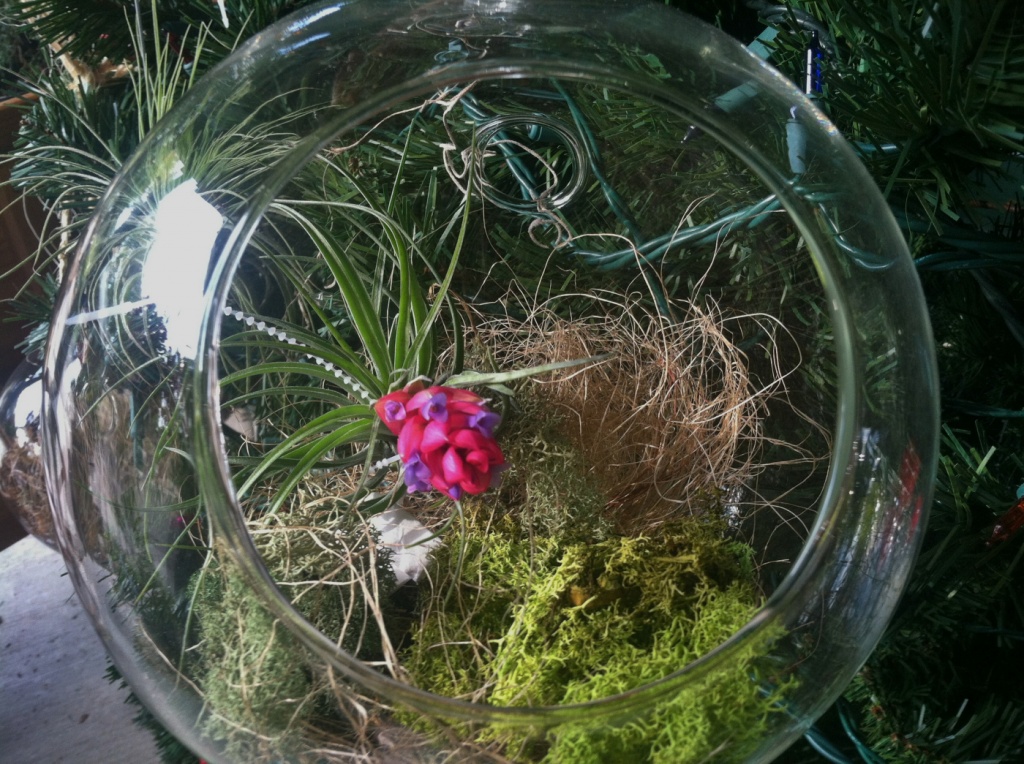
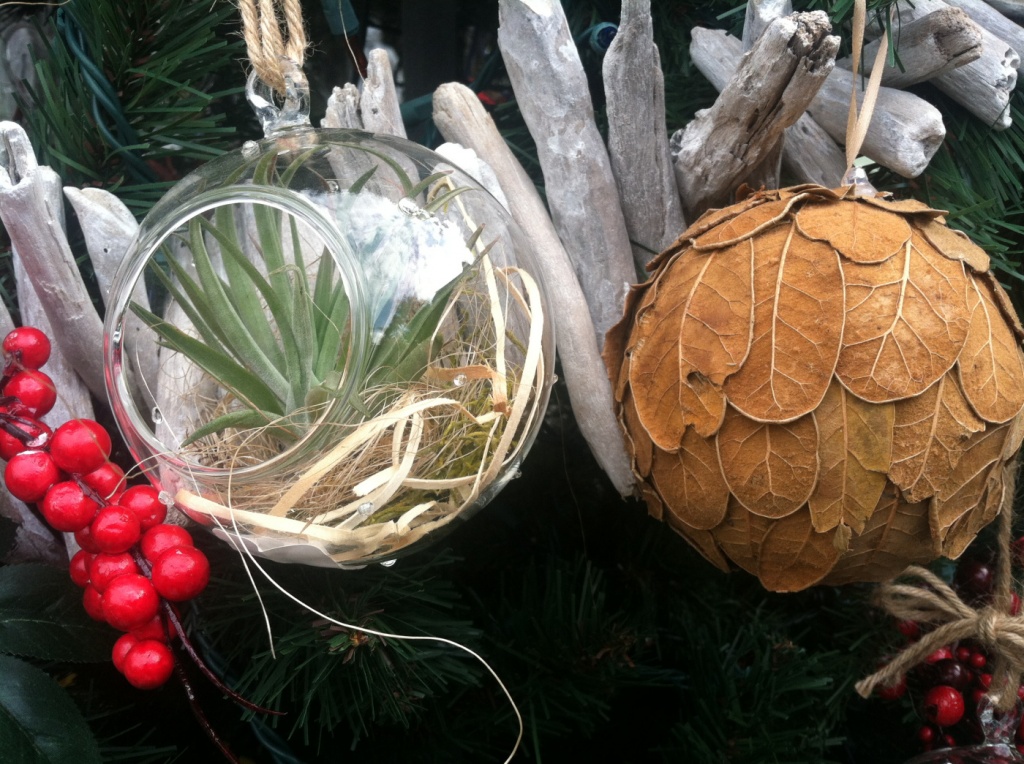
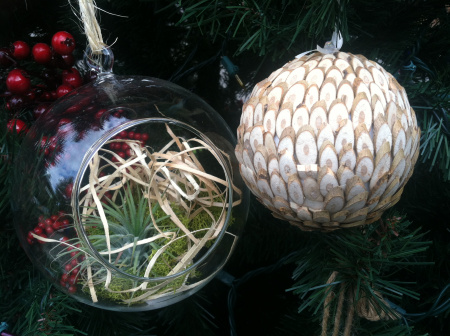
A tree just isn’t complete without some garland weaved through the branches. We used pieces of driftwood strung together on narrow gauge wire or twine. You could also string together strands of nuts, seed pods or pine cones too. You may also want to try grapevine or raffia garland options too.
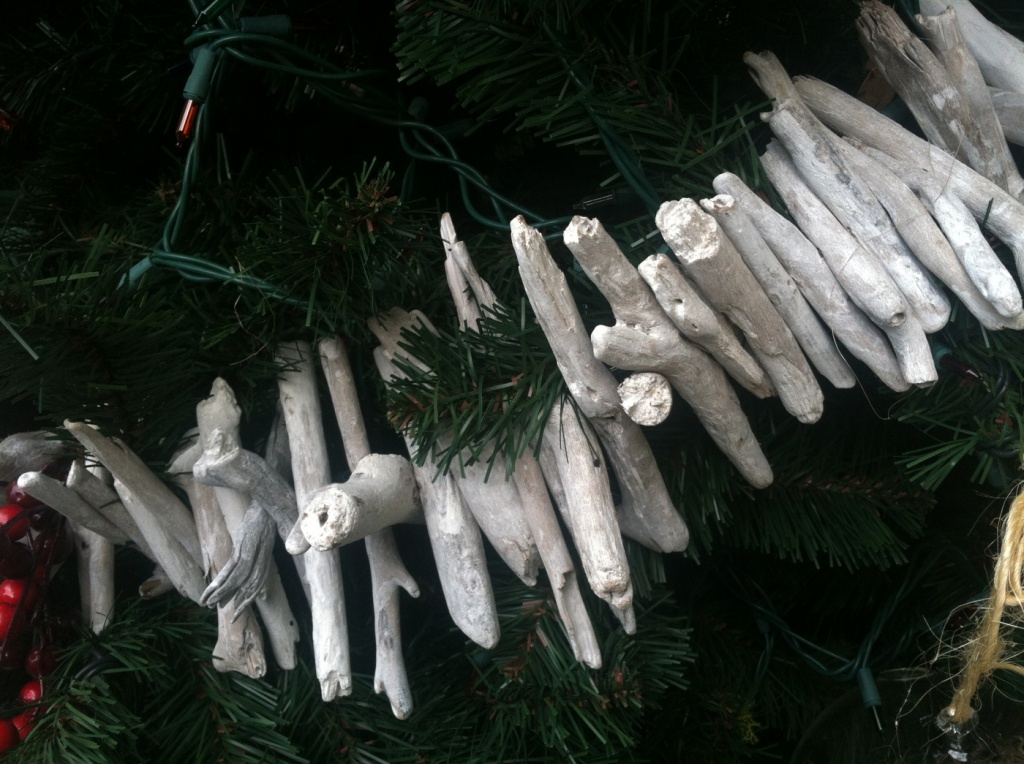
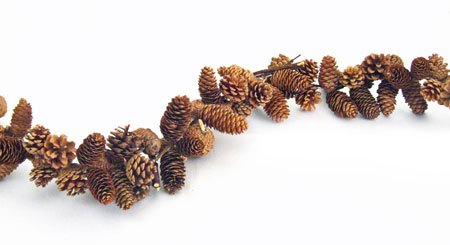
There are a wide variety of natural and organic options for you to use to create your overall ‘natural’ theme. Be creative, some of your materials won’t cost a thing and can be collected around the yard, local park or the beach. A naturally decorated tree is a great sustainable alternative to conventional store-bought items. This is a great way to get the kids and family involved, perhaps a school classroom project or a community project at a local center. Whatever you decide, a natural and organically inspired Christmas tree is sure to wow all of your holiday guests!
